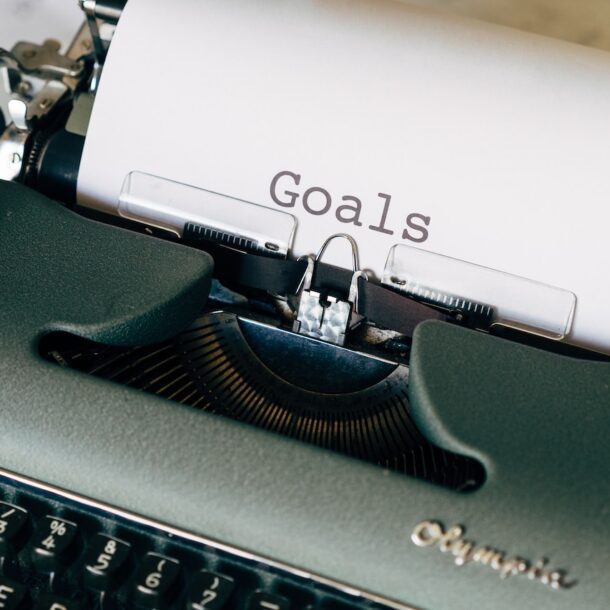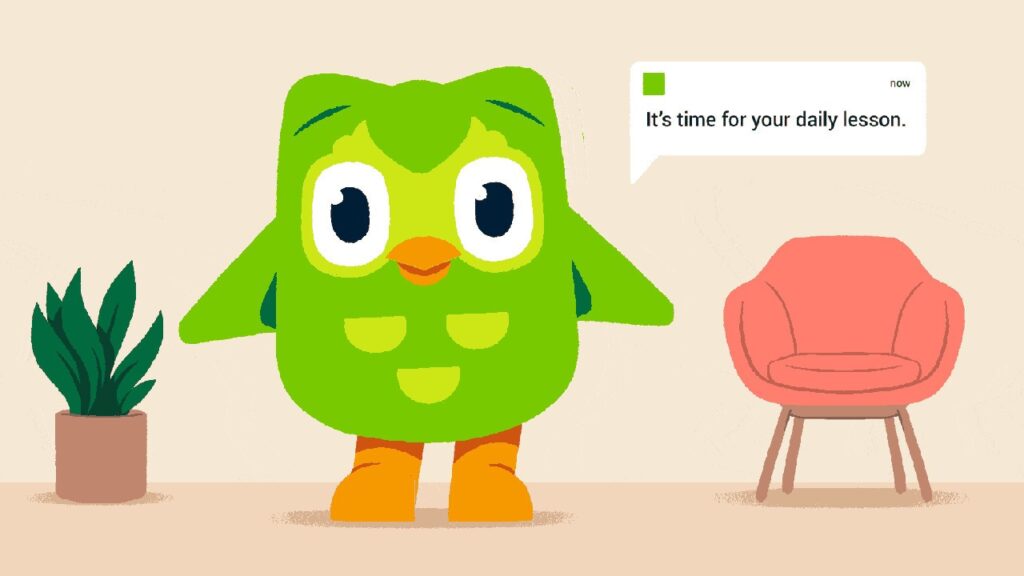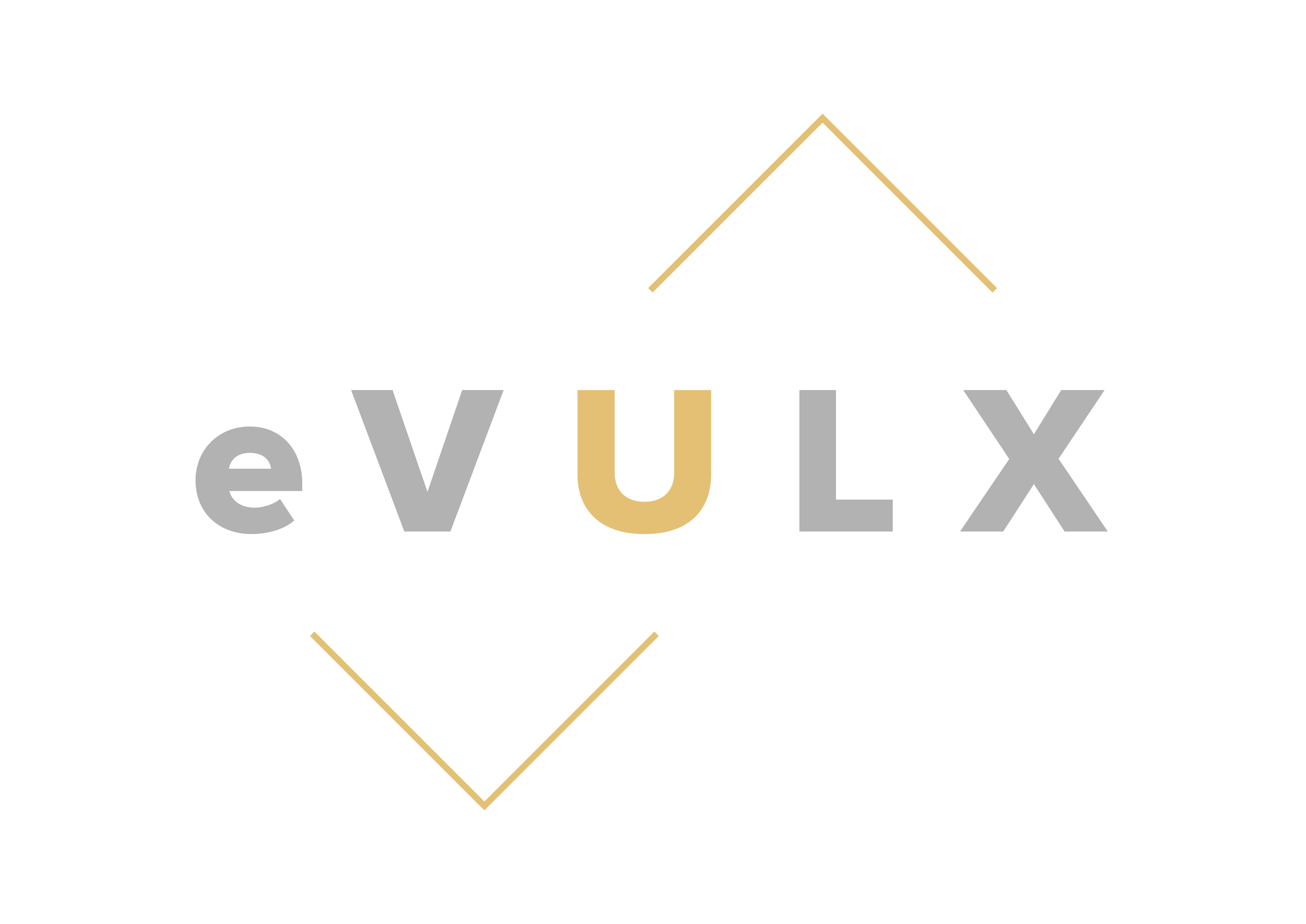
App gamification can play a significant role in using games to increase the use and engagement of your mobile app. Increasing user engagement is vital for retaining users and improving your interface. Users will return more often to an app if they are learning something new, how to play, how to compete with other people or strive for perfection. Gamification encompasses several techniques that can be used together or individually to help increase engagement within your mobile app.
Building a community of loyal and active users is one of the most challenging elements of mobile app development. Why is that? For starters, gamification statistics states 3.3 million apps are available in the various app stores. Many apps were created by companies or individuals with extensive resources and pocketbooks to pay for marketing campaigns.
Why is Gamification in Apps Important?
Mobile app gamification is the implementation of game design elements in non-game apps for increased user engagement. As we’ve already mentioned, gamification does not necessarily mean adding a lot of graphics and sounds.
Instead, mobile gamification is based on users’ psychology and emotions. It encourages them to help improve or expand your app or website and become loyal customers by completing tasks and solving problems beyond their expectations.
Here’s how gamification can influence and motivate people:
- awakens curiosity
- fosters competition
- creates a sense of control
As you consider how your app applies game elements, consider how they can attract users and further develop the desired habits you want them to complete on a regular basis.
How to Add Gamification to an App?
The concept of gamification mobile apps is that the user interacts in a game-like environment, and their actions are measured and rewarded accordingly. Also read, 5 Fun (and Educational) E-Learning Activities apps for Kids in 2022.
Badges
Badges are designed to be a visual representation of users’ achievements. This means they are a great way to engage people and keep them returning to your app to unlock that following badge.
Levels
Levels are an easy way to make games and applications more interesting. Users can work towards more challenging goals, making them exciting to get to the next level.
Performance charts
Performance charts are a great way to show how you’ve improved over time. They allow your players to see how they stack up against other similar players or against their history, which is motivating.
Points
Points are a simple and effective way to reward the user for accomplishing specific tasks. The user gets points for completing each level and can use these points in the future to unlock new levels or things within the game.
Scoreboards
Mobile apps can use scores to encourage players to keep playing. These include leaderboards, which show the best players and their scores, or scoreboards, which offer specific player rankings within a game. Scoreboards help with motivation as they give individuals a way to compare their performance with other players in the game.
In-game currency
The in-game currency is the reward for achievements and accomplishments inside a game. It works similarly to real money because it provides you with items and upgrades, among other things.
5 Examples of Apps Using Gamification for User Engagement
If your app needs a boost in user engagement and retention, gamification is one of the best ways to get things moving. This post provides an overview of gamification in mobile apps and examples of how it’s been successfully implemented.
Gamification in e-learning applications:
In the modern world and highly competitive society where knowledge is a limitless asset, education is no longer about studying to accumulate and regurgitate information. Today, education is about learning how to become an effective professional, skillful worker, or intelligent entrepreneur. Here are a few best gamification apps in e-learning applications.

Duolingo
Duolingo combines game design and learning elements to create an interactive learning platform that is fun and engaging. In Duolingo, users accumulate “lingots” (the game’s virtual currency) by completing lessons, translating sentences and inviting friends via Facebook. Users can earn badges for reaching various milestones and unlocking new levels.
Codecademy Go
Codecademy Go is an app that gamifies the learning experience. It was released in 2018 and is mainly used to help people learn programming, web development, and other software skills. The application features badges, points system and a progress dashboard that tracks all activity on the app.
Khan Academy
A good example of gamification in educational apps is Khan Academy. It’s a mobile learning platform with a high level of complexity, just like the subject it teaches—math and sciences. The skill tree shows the various topics available and their approximate difficulty; according to your performance, badges are awarded with their corresponding names: “Mad Scientist” or “Geek of the Week.”
Gamification in productivity applications:
What are the Gamification Examples in Productivity Apps? Read 3 ways how fitness and gamification complement one another.
These apps use challenges, badges, rewards and leaderboards to motivate users through achievements awarded for completing tasks on time or clearing them all out sooner than their friends! Gamification hides the nagging of notifications and functions under a layer of engagement and progress.
Todoist
This app uses a point-based reward system, levels and social engagement features to help users to complete everyday tasks. The app rewards the user with karma points for each job completed, and all these points unlock levels and unlock new features, such as sharing the score on social media.
Habitica
This app aims to help people adopt new habits in the form of fun and exciting quests. It combines RPG mechanics — for example, players can create characters, unite into guilds, and battle monsters.
Forest
A mobile app that uses gamification to help you stay focused while you work on a task. You plant seeds which may grow into mighty trees. If you succumb to temptation and interrupt the activity, your tree will wither. The more focused you are, the more trees you can grow; eventually, they can turn into a forest.
Gamification in finance-tech applications
Mint
This app will help you with your budget and all the money-related aspects of your life. You can use Mint to check your credit score, keep track of loan payments, and even save money. It’s easy to reach your financial goals with personalized insights and custom budgets.
Monefy
Monefy is a personal finance app that tracks your daily expenditures, highlights patterns in your spending, and helps you achieve financial goals. Since it’s designed to be fun to use, we’ve implemented gamification features like an award-winning achievement system and leaderboards that add competition in a friendly way.
Gamification in healthcare application

Fitbit
To keep you motivated and engaged, the Fitbit app suggests various challenges and provides reward like badges. Every achieved challenge will be rewarded with a badge, highlighting your achievements for other users to see—social engagement. Thousands of people use Fitbit, so feel free to find your friends and start competing with them in the same sport.
MySugr
MySugr is a diabetes management app that uses gamification as an effective method to motivate people to stay committed to their goals. Former diabetes patients created the app. This healthcare gamification app depicts the disease as a monster that needs to be tamed and eliminated. Patients are rewarded for performing their necessary routines and tasks, such as taking blood glucose readings and checking their diet.
Conclusion
App gamification examples can be a powerful way to gain new users and increase retention rates. Users are more likely to engage with your app if it makes them want to play again and again. Your goal should be to attract users to your app and keep viable options for returning. There are many benefits of gamification in mobile apps. As you consider how your app applies game elements, consider how they can attract users and further develop the desired habits you want them to complete regularly. Visit eVULX for more gamified solutions.
9.08 & 9.09, Block E Phileo Damansara 1,
9, Jalan 16/11, 46350 Petaling Jaya, Selangor
Telephone: +60122254456
Email: [email protected]
(202001021557) (1377877-X)
All Rights Reserved

